
Rembrandt Harmenszoon van Rijn, usually simply known as Rembrandt, was a Dutch Golden Age painter, printmaker, and draughtsman. He is generally considered one of the greatest visual artists in the history of Western art. It is estimated Rembrandt produced a total of about three hundred paintings, three hundred etchings, and two thousand drawings.

Jacob Adriaensz Backer was a Dutch Golden Age painter. He produced about 140 paintings in twenty years, including portraits, religious subjects, and mythological paintings. In his style, he was influenced by Wybrand de Geest, Rubens and Abraham Bloemaert. He is also noted for his drawings of male and female nudes.
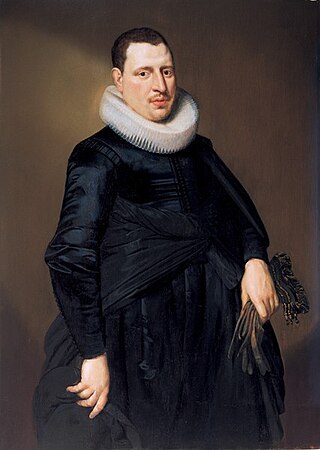
Cornelis van der Voort or van der Voorde was a Dutch portrait painter, art collector, art appraiser and art dealer from the early 17th century who was active in Amsterdam. He painted individual portraits as well as group portraits including schuttersstukken depicting local militia members and regentenstukken depicting regents of charitable institutions, a genre of which van der Voort was the inventor. He played an important role in the development of portrait painting in the early 17th-century Dutch Republic. He is particularly noted for introducing the life-size, full-length format to Dutch portraiture.
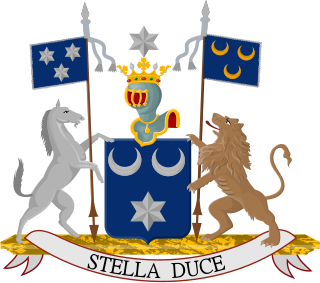
Six is a well-known Dutch family from Amsterdam. The family originally came from the region of Lille in the north of France.
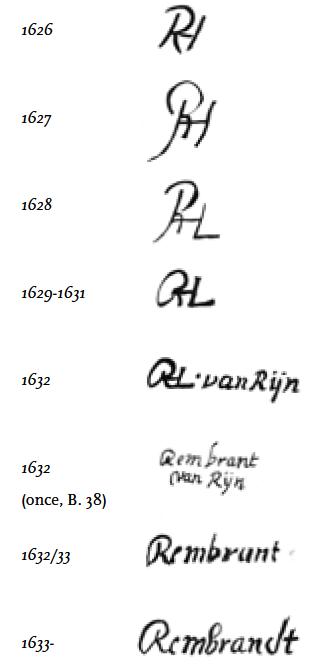
The Rembrandt Research Project (RRP) was an initiative of the Nederlandse Organisatie voor Wetenschappelijk Onderzoek (NWO), which is the Netherlands Organization for Scientific Research. Its purpose was to organize and categorize research on Rembrandt van Rijn, with the aim of discovering new facts about this Dutch Golden Age painter and his studio. The project started in 1968 and was sponsored by NWO until 1998. Research continued until 2014. It was the authority on Rembrandt and had the final say in whether a painting is genuine. The documentation generated by the project was transferred to the Netherlands Institute for Art History and renamed the Rembrandt Database.

Abraham de Vries was a Dutch painter who was one of the leading portraitists of his age. As he led a peripatetic lifestyle and worked in France, Antwerp and the Dutch Republic his stylistic qualities are difficult to pin down.

Portrait of a Man with Arms Akimbo, formerly known as Portrait of a Foreign Admiral or Portrait of a Dutch Admiral, is an oil painting portrait by Rembrandt signed and dated 1658. It is now in the collection of the Agnes Etherington Art Centre at Queen's University in Kingston, Ontario, and measures 107.4 cm by 87.0 cm.

The Portrait of Dirck van Os is a later painting by Rembrandt (1606–1669), created circa 1658. It is currently in the permanent collection of the Joslyn Art Museum in Omaha, Nebraska.
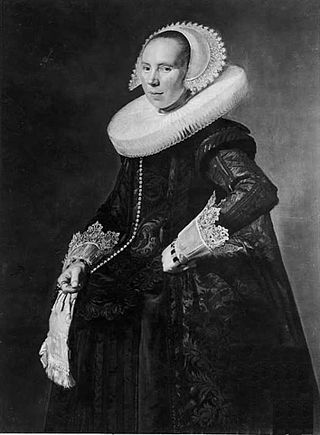
Portrait of Cunera van Baersdorp is an oil-on-panel painting by the Dutch Golden Age painter Frans Hals, painted in 1625 and now in a private collection. It is considered a pendant portrait to the Portrait of a Man Standing, now identified as Cunera's husband Michiel de Wael.
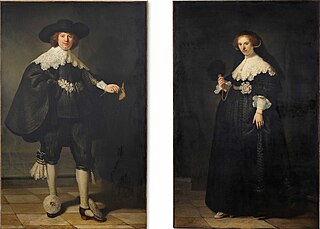
The pendant portraits of Maerten Soolmans and Oopjen Coppit are a pair of full-length wedding portraits by Rembrandt. They were painted on the occasion of the marriage of Maerten Soolmans and Oopjen Coppit in 1634. Formerly owned by the Rothschild family, they became jointly owned by the Louvre Museum and the Rijksmuseum in 2015 after both museums managed to contribute half of the purchase price of €160 million, a record for works by Rembrandt.

Portrait of Catharina Hooghsaet (1607–1685) is a 1657 painting by the Dutch Golden Age painter Rembrandt.
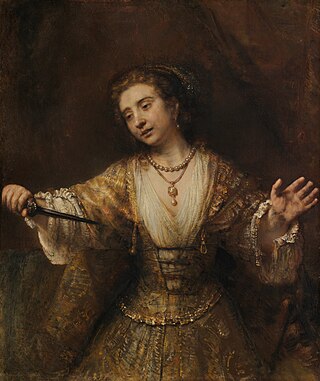
Lucretia is a 1664 history painting of Roman noblewoman Lucretia, historically attributed to the Dutch Golden Age painter Rembrandt in the collection of the National Gallery of Art. In 2015, Ernst van de Wetering of the Rembrandt Research Project said that "the formal properties and execution of [this] painting, I am convinced, exclude the possibility that it could be an autograph work by Rembrandt", and that the painting recalls Aert de Gelder. The painting is not included in the project's 2015 Rembrandt corpus.

Oval Portrait of a Woman is a 1633 portrait painting painted by Rembrandt. It shows a woman with a millstone collar and diadem cap. It is in the collection of the Metropolitan Museum of Art.
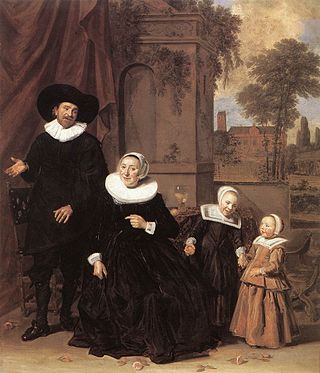
Portrait of a Dutch Family is an oil-on-canvas painting by the Dutch Golden Age painter Frans Hals, painted c. 1635 and now in the Cincinnati Art Museum, Cincinnati.

Portrait of Petronella Buys (1610–1670) is a 1635 portrait painting painted by Rembrandt. It shows a young woman with a very large and impressive millstone collar. It is in a private collection.

Suffer little children to come unto me or Let the Little Children Come to Me, is a painting attributed to the Dutch painter Rembrandt. The subject of the portrait is the teaching of Jesus about little children and it is estimated that Rembrandt painted it in Leiden in the 1620s.
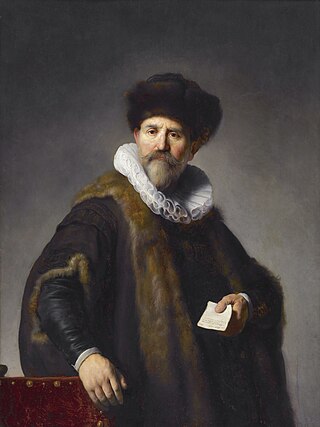
Portrait of Nicolaes Ruts (1573–1638) is a 1631 painting by the Dutch artist Rembrandt van Rijn. It is one of Rembrandt's earliest commissioned pieces and helped launch his career as a portrait painter. The painting is housed in the Frick Collection.
Jonkheer Jan Six, also known as Jan Six XI, is a Dutch art dealer and art historian.

The Standard Bearer is a three-quarter-length self-portrait by Rembrandt formerly in the Paris collection of Elie de Rothschild, and purchased by the Rijksmuseum for 175 million euros with assistance from the Dutch state and Vereniging Rembrandt in 2021. It was painted on the occasion of the artist's move from Leiden to Amsterdam and is seen as an important early work that "shows Rembrandt's ambition to paint a group portrait for the Amsterdam militia, at the time the most valued commission a painter could be awarded."





















